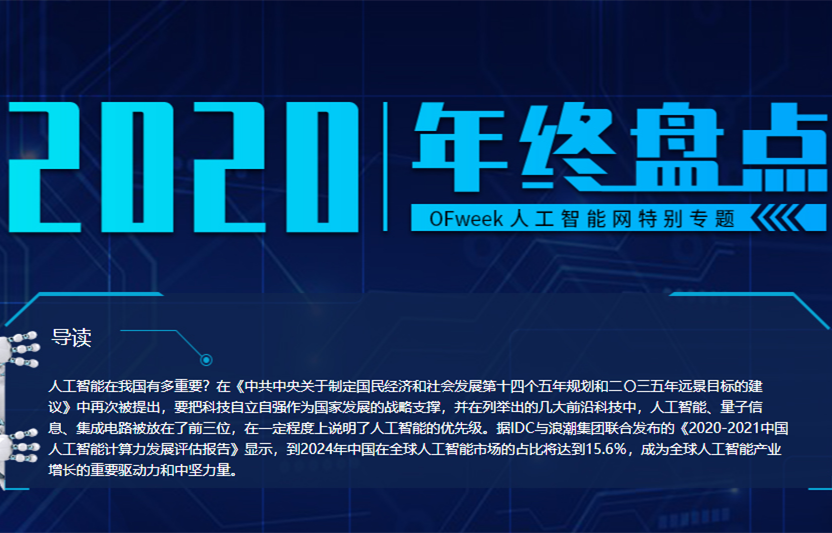使用Python+OpenCV+Dlib实现人脸检测与人脸特征关键点识别
太棒了,但我们能做点更酷的事吗?步骤4:实时检测是的,你没看错!这可能就是你想要的效果!下一步是连接我们的网络摄像头,从你的视频流中进行实时地关键点识别。你可以通过使用相机遍历视频帧或使用视频文件来对面部进行实时面部关键点检测。如果要使用自己的摄像机,请参考以下代码,如果使用的是视频文件,请确保将数字0更改为视频路径。如果要结束窗口,请按键盘上的ESC键:import cv2import dlib
# Load the detectordetector = dlib.get_frontal_face_detector()
# Load the predictorpredictor = dlib.shape_predictor("shape_predictor_68_face_landmarks.dat")
# read the imagecap = cv2.VideoCapture(0)
while True: _, frame = cap.read() # Convert image into grayscale gray = cv2.cvtColor(src=frame, code=cv2.COLOR_BGR2GRAY)
# Use detector to find landmarks faces = detector(gray)
for face in faces: x1 = face.left() # left point y1 = face.top() # top point x2 = face.right() # right point y2 = face.bottom() # bottom point
# Create landmark object landmarks = predictor(image=gray, box=face)
# Loop through all the points for n in range(0, 68): x = landmarks.part(n).x y = landmarks.part(n).y
# Draw a circle cv2.circle(img=frame, center=(x, y), radius=3, color=(0, 255, 0), thickness=-1)
# show the image cv2.imshow(winname="Face", mat=frame)
# Exit when escape is pressed if cv2.waitKey(delay=1) == 27: break
# When everything done, release the video capture and video write objectscap.release()
# Close all windowscv2.destroyAllWindows()最后的结果是:

在弱光条件下,尽管上面的图像中有一些错误,但其结果也相当准确,如果照明效果好的话结果会更加准确。结论OpenCV和DLib是两个功能非常强大的库,它们简化了ML和计算机视觉的工作,今天我们只是触及了最基本的东西,还有很多东西需要从中学习。非常感谢你的阅读!
☆ END ☆

最新活动更多
-
3月27日立即报名>> 【工程师系列】汽车电子技术在线大会
-
4月30日立即下载>> 【村田汽车】汽车E/E架构革新中,新智能座舱挑战的解决方案
-
5月15-17日立即预约>> 【线下巡回】2025年STM32峰会
-
即日-5.15立即报名>>> 【在线会议】安森美Hyperlux™ ID系列引领iToF技术革新
-
5月15日立即下载>> 【白皮书】精确和高效地表征3000V/20A功率器件应用指南
-
5月16日立即参评 >> 【评选启动】维科杯·OFweek 2025(第十届)人工智能行业年度评选











 分享
分享















发表评论
请输入评论内容...
请输入评论/评论长度6~500个字
暂无评论
暂无评论